Insulation Tips
Insulating A Shed Or Garage? This Is What You Need To Know
A games room for the kids, storage space for tools and equipment, an art studio: a shed is an amazing multi-purpose, flexible and relatively inexpensive space. However, too many of us know how hot a shed can become in summer and how fighting off moisture is an issue year round. The best way to make temperatures in your shed more comfortable while combating moisture build up at the same time is insulation!
Why Should You Insulate Your Shed?
The main role of insulation is to help regulate inside temperatures by resisting the flow of heat. In colder climates, insulation will help keep your shed warmer inside. Sheds in Perth or other warmer climates have a hard time staying cool during the harsh summer months, but insulation will help keep that hot air out.
If you spend a good amount of time in your shed, temperature regulation is important for your comfort, but there’s another reason why it’s important: moisture control. Insulation is the best way to prevent moisture build up in your shed. Moisture can lead to all sorts of problems, and may end up damaging the equipment in your shed or the shed structure itself.
Moisture build up in sheds often occurs when the roof material becomes colder than the air inside your shed. When the water vapour in the air meets the cold surface, it condenses into water droplets. Since insulation slows down heat flow and helps regulate the temperatures inside your shed, it also plays a key role in preventing moisture build up.
If you have previously used artificial heating and cooling in your shed to help keep the temperatures comfortable, you might find that you need to rely on them less once you’ve installed insulation. With better temperature regulation thanks to insulation, you could end up saving on electricity costs.
The Best Insulation For Sheds & Garages
When choosing insulation for your shed or garage, you want to choose a product that offers great insulating thermal properties, resists moisture and reflects radiant heat away from the building.
Kingspan Air Cell Insulation is an excellent option which provides all three of these properties in one product. The insulating layer is a cross-linked, closed-cell structure which is very effective at slowing down the flow of heat. The highly reflective foil layer reflects radiant heat away from its surface keeping the inside of your shed warmer in winter and cooler in summer. Kingspan Insulation is also water-resistant and unaffected by moisture, helping protect your shed and equipment from moisture damage.
Kingspan – Melbourne-based, Australian made insulation – performs well in Aussie climates, even in the height of summer and the coldest parts of winter.
How To Install Shed Insulation
As with any building, you will achieve the best results by insulating all areas of your shed including the roof, walls and even the floors. Kingspan Air Cell Insulation is lightweight, easy to handle and can be installed as a DIY job or by a professional. It is fibreless so it is pleasant to touch and has none of the itch-factor associated with fibreglass products.
The Best Time To Install Insulation In A Shed
Insulation can be installed during the building process of a shed, but it can also be retrofitted to an existing structure if required. During the building process is the best time as you can ensure that the insulation is integrated into the rest of the building effectively. If your shed is already built, you can retrofit it with Kingspan Insulation by screw fixing it to the internal framing.
How To Calculate The Amount Of Insulation You Need
In preparation for insulating your shed, you will need to calculate the total area that needs to be insulated. Multiply your area by 1.1 to account for overlapping of the Air Cell insulation material. Alternatively, you can use reflective tape to seal each join, in which case your area you calculated first will be a good estimate.
Best Practices For Effective Installation
Kingspan Air Cell comes in large rolls that may need to be cut prior to installation to fit the specific dimensions of your shed roof and walls. Once you have done so, it can be secured in place efficiently. Remember that reflective insulation performs best when it has a small air gap of 2-4cms. To achieve this, simply allow a little slack during the installation process. The insulation will sag slightly, creating the required air gap.
To secure the insulation, you can screw it onto the eaves with ordinary self-drilling metal screws. The result is a neat finish, even around openings such as vents, light switches etc. for which holes can be cut out.



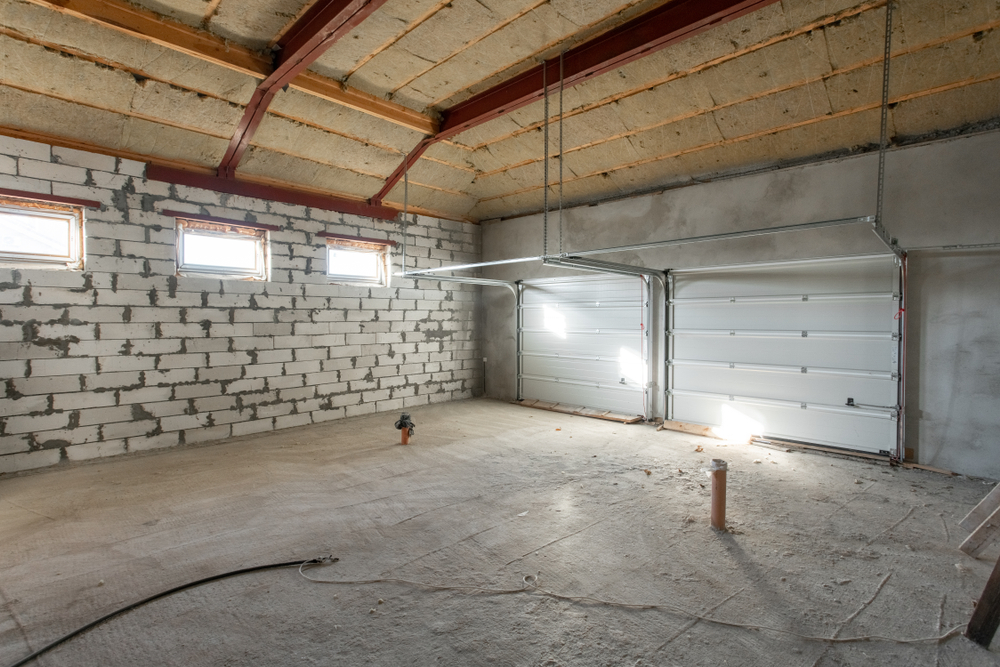
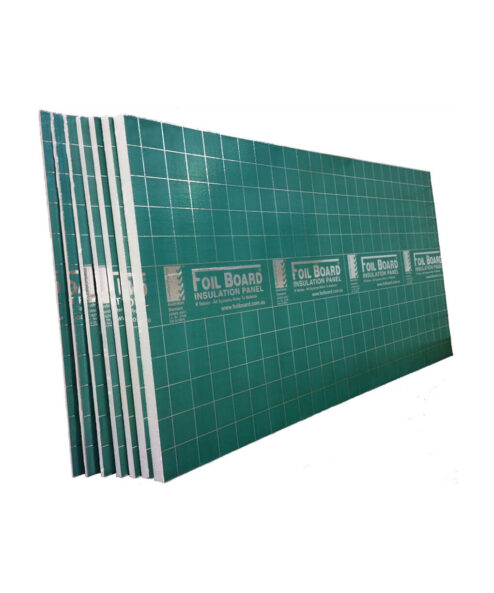
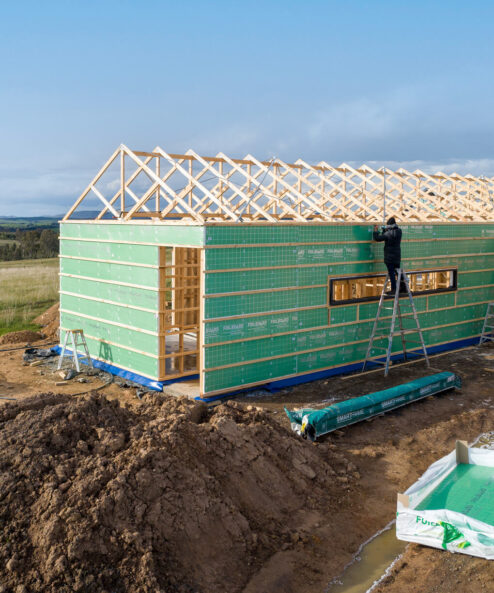
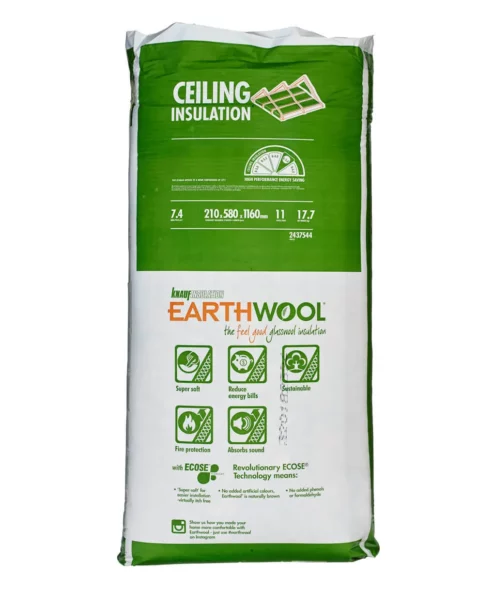
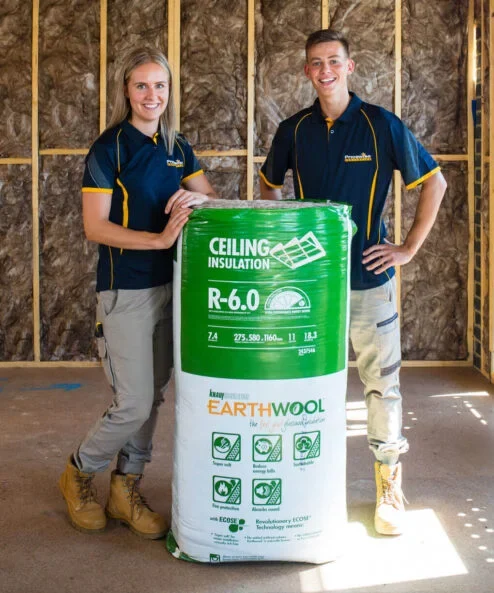
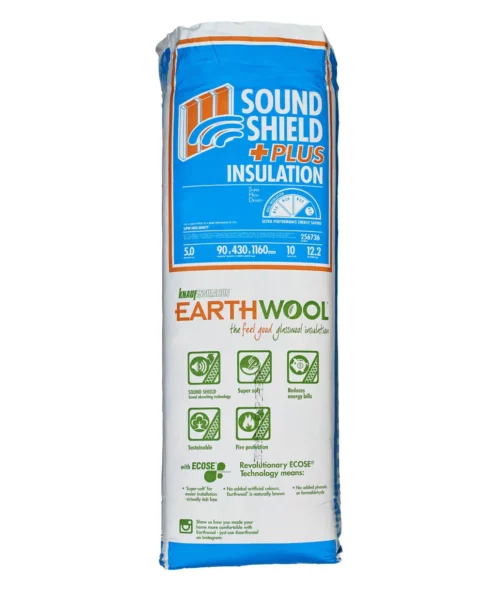
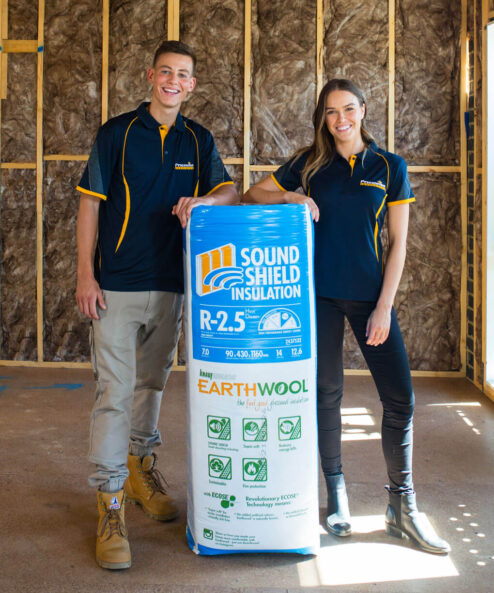
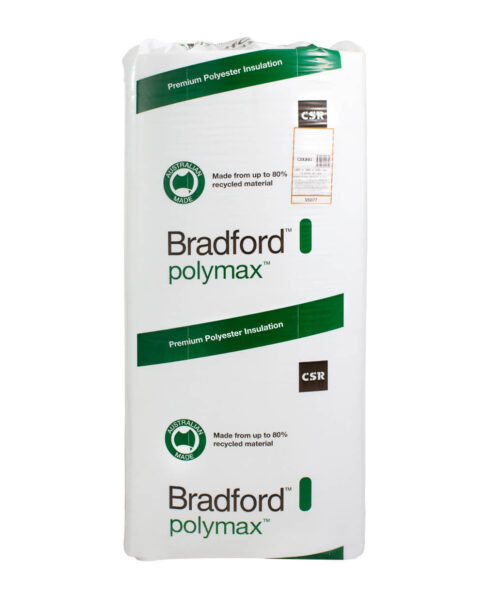
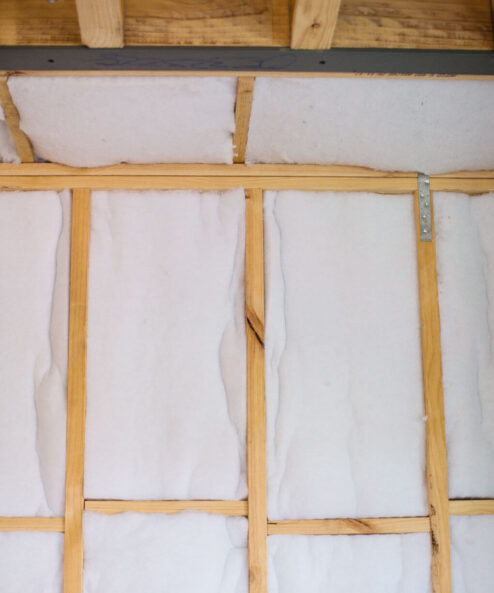
Can I please get details of how to install air cell into an existing shed
Hi Clinton,
Thanks for your question. You can fasten Kingspan Air-Cell Insulshed Insulation to the frame using screws and a small washer. Installing it to the underside of the rafters / purlins will create an airspace between the insulation and the roof, which will improve the overall R-value of the insulation. You can also do the same thing on the walls. It is important that you don’t install the Kingspan Air-Cell Insulation hard up against the cladding or roof sheets.
Kind regards,
Christa